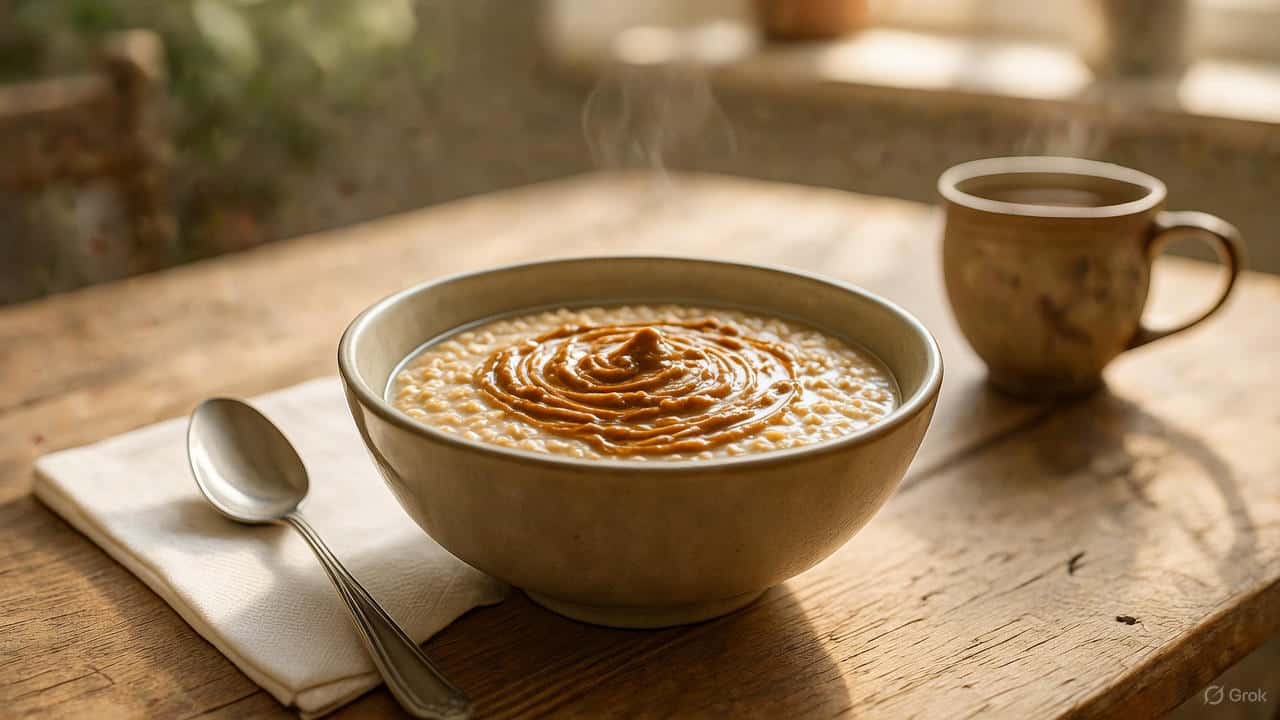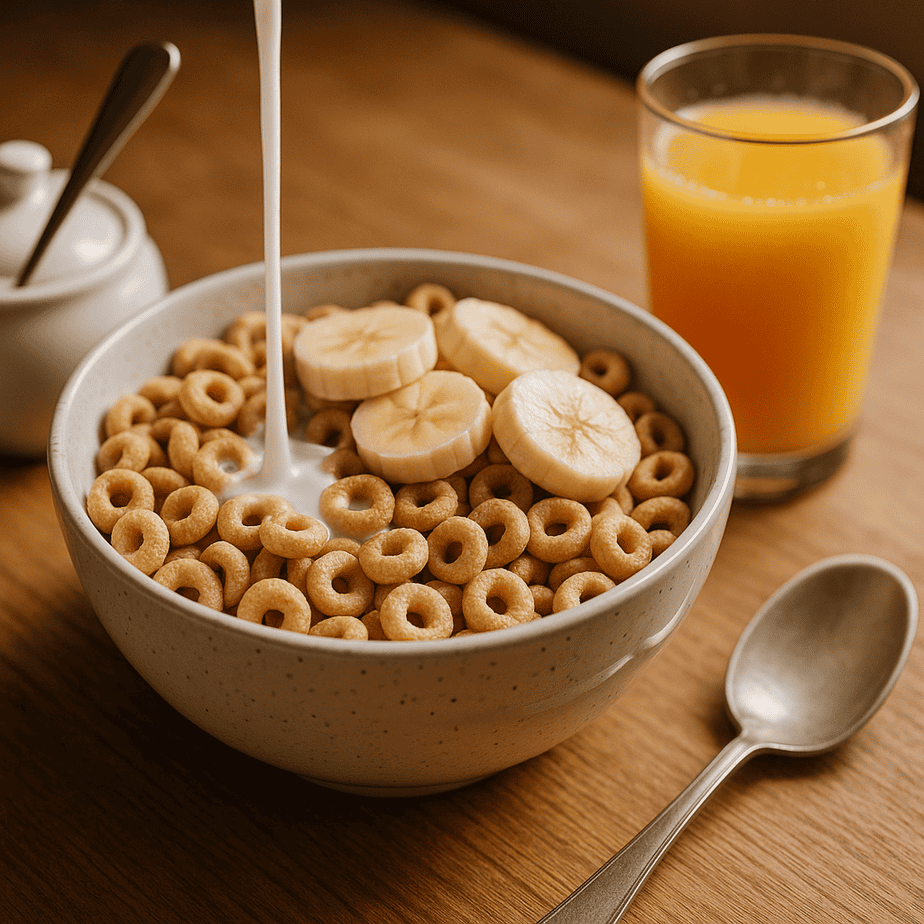Think “heart-healthy” cereal can cure your cholesterol? Think again—food marketing might be fooling you and your doctor. I nearly spit out my tea reading about a woman bragging that her doctor is “letting” her fix her cholesterol with oatmeal and Cheerios. While I’m glad she wasn’t bullied into taking a statin, this shows how package claims can drown out science—even clinicians without nutrition training fall for it.
Why We Fall for Health Buzzwords
Food companies know health claims sell, and they lean hard on popular trends. Phrases like “heart healthy,” “natural,” “gluten-free,” and “low-fat,” along with numbers such as “98% fat free” or “100% vitamin C,” create a health halo that can override judgment—and research shows the least nutritious products are the most likely to feature these claims.
A recent study shows how easily food marketing can override basic nutrition knowledge. When participants saw only nutrition labels, they chose one set of “healthy” options; when the very same foods were re-presented with persuasive packaging and health claims, over 60% switched to the marketed item—even when it wasn’t actually healthier.
Design cues matter, too: clean, science-y, colorful packaging nudges us to assume a product is healthy before we read the facts. This doesn’t just affect adults. Children are especially vulnerable to food marketing, which is why so many cereals, snacks, and drinks are “health-washed” to reassure parents and kids alike.
Social Media Authority: Messenger Over Message
Another problem? Online personalities touting nutrition advice. A new study found we’re far more likely to believe a health claim if it comes from someone who looks or sounds like an expert—even if the info is flat-out wrong. That “perceived authority” on social media now shapes what people (especially teens and young adults) believe about food as much as any package in the grocery aisle.
In other words, the messenger can matter more than the message. This makes it even harder to sort fact from hype in the age of Instagram experts.
The Danger of Outdated “Truths”
Remember the low-fat and non-fat craze that made Americans sicker and fatter? Old diet trends linger in people’s minds, shaping beliefs years after the research has changed. As a result, consumers spend more, and health-food shelves grow, yet rates of chronic illness and confusion about real nutrition only increase.
Oats versus Cheerios: Health Claim or Hype?
Cheerios are often touted as a cholesterol-lowering food due to their soluble fiber—specifically beta-glucans—from oats. The evidence shows that this soluble fiber can modestly reduce LDL cholesterol. Some clinical studies have found that eating plain Cheerios daily, as part of an overall healthy diet, can drop LDL cholesterol by about 4 to 10%.
How much cereal would that be?
To get the commonly cited ~3 grams per day of oat beta-glucan (the FDA-authorized amount as part of a heart healthy diet) you’d need between approximately 2.25 and 4.5 cups of Original Cheerios per day, depending on the fiber content. For example:
-
- If a 1.5-cup serving provides 2g of soluble fiber, you need to eat 2.25 cups per day.
- If a 1.5-cup serving provides 1g of soluble fiber, you need to eat 4.5 cups per day.
The range exists because sources don’t agree on the soluble fiber per serving. Even Cheerios’ own product page has shown conflicting figures in marketing copy versus the Nutrition Facts panel. Either way, that’s a lot of cereal—and it doesn’t make Cheerios a stand-alone fix for cholesterol.
Before you grab a heaping bowl of cereal (or two), consider what that serving means for your blood sugar. Eating 2–4 cups of processed cereal—at breakfast or over a day—delivers fast-digesting carbs with little protein or healthy fat to slow absorption. Add skim milk, a banana, or juice and you’ve created the perfect storm: a sharp spike followed by a mid-morning crash. Over time, this pattern feeds inflammation and the very issues we’re trying to avoid, including cholesterol trouble and insulin resistance.
There’s another important caveat: many of these results come from studies funded by General Mills. In 2009, the FDA responded to General Mill’s use of these studies, warning their health claims crossed the line into drug territory due to their specificity and lack of broader independent evidence.
Most importantly, real heart health requires much more than any single food, and these benefits have only been observed in studies involving overall healthy diets—lower in calories, fat, and sugar—meaning the cereal isn’t the sole driver of these benefits.
Alarmingly, recent headlines have flagged popular oat products, including Cheerios, for concerning chemical exposures. Over 80% of adults sampled in a recent U.S. study had measurable levels of chlormequat—a plant growth regulator linked to fertility concerns—simply from eating these foods regularly. Opting for organic oats can reduce this risk.
The Ultra-Processed Problem
Like other boxed cereals, Cheerios are ultra-processed. A conference speaker once dubbed them ‘Inflammios,’ highlighting how ultra-processed foods can fuel inflammation. Ultra-processed foods crowd out nutrient-dense options and tend to push blood sugar higher. Over time, that pattern can feed the same inflammatory processes tied to poor lipid patterns and other chronic disease issues.
Quality matters, too. Packaged cereals can bring unnecessary additives or contaminants along for the ride.
Therefore, if you enjoy oats, choose organic oats that are certified gluten-free and minimally processed, such as steel-cut or old-fashioned rolled oats. Pair them with protein and healthy fats, and keep added sweeteners minimal and natural—coconut sugar, a drizzle of maple syrup, or one I like: about 3 drops of Sweet Leaf Vanilla Crème liquid. That builds a breakfast that steadies blood sugar and supports lipid balance more than a sweetened, ultra-processed cereal ever will.
What Actually Helps Cholesterol
Cholesterol responds best to consistent, simple habits working together. Here are practical steps you can start today.
-
- Build meals around real food. Organic vegetables, quality proteins, and healthy fats should be the foundation.
- Choose better carbohydrates. If you eat grains, pick whole (minimally processed), gluten-free grains and mind portion size.
- Prioritize fiber from foods. Vegetables, berries, nuts, seeds, legumes if tolerated, and gluten-free grains.
- Cut added sugars and refined carbs. They move lipids in the wrong direction more than dietary cholesterol does for most people.
- Cook with healthy fats. Olive oil (low-heat only), avocado oil, grass-fed butter or ghee if tolerated.
- Move your body daily. Walking after meals, strength training a few times a week.
- Sleep and stress care. These quietly influence metabolic health more than we think.
Smarter Breakfast Ideas
If you are used to cereal in the morning, here are easy swaps.
-
- Steel-cut oats simmered with water, topped with chia or hemp seeds, a handful of berries, and a spoon of nut butter.
- Eggs (from free-range chickens or ducks) with vegetables, sautéed in olive oil or ghee.
- Plain, unsweetened yogurt (A2*, goat, or coconut) with ground flax, walnuts, cinnamon, and berries.
- Leftovers from a protein-and-vegetable dinner. Breakfast does not have to be sweet or even traditional breakfast foods.
* Read about A2 Milk in this Post: Is Milk Good for Your Bones? | AIRD™ Series #2
Bottom Line
A cereal slogan cannot fix cholesterol. Oats can play a small role, but real progress comes from whole-food meals, less sugar, steady movement, and attention to sleep and stress. That is wisdom over food marketing. It is also stewardship. God’s design still works.
Loved this insight? Check out my book, God’s Prescription: A Faith-Based Plan to Shift Your Mindset and Reclaim Your Natural Health, leave a review to help spread this message, and subscribe to my newsletter (in the sidebar) for weekly inspiration, health news, and recipes!

